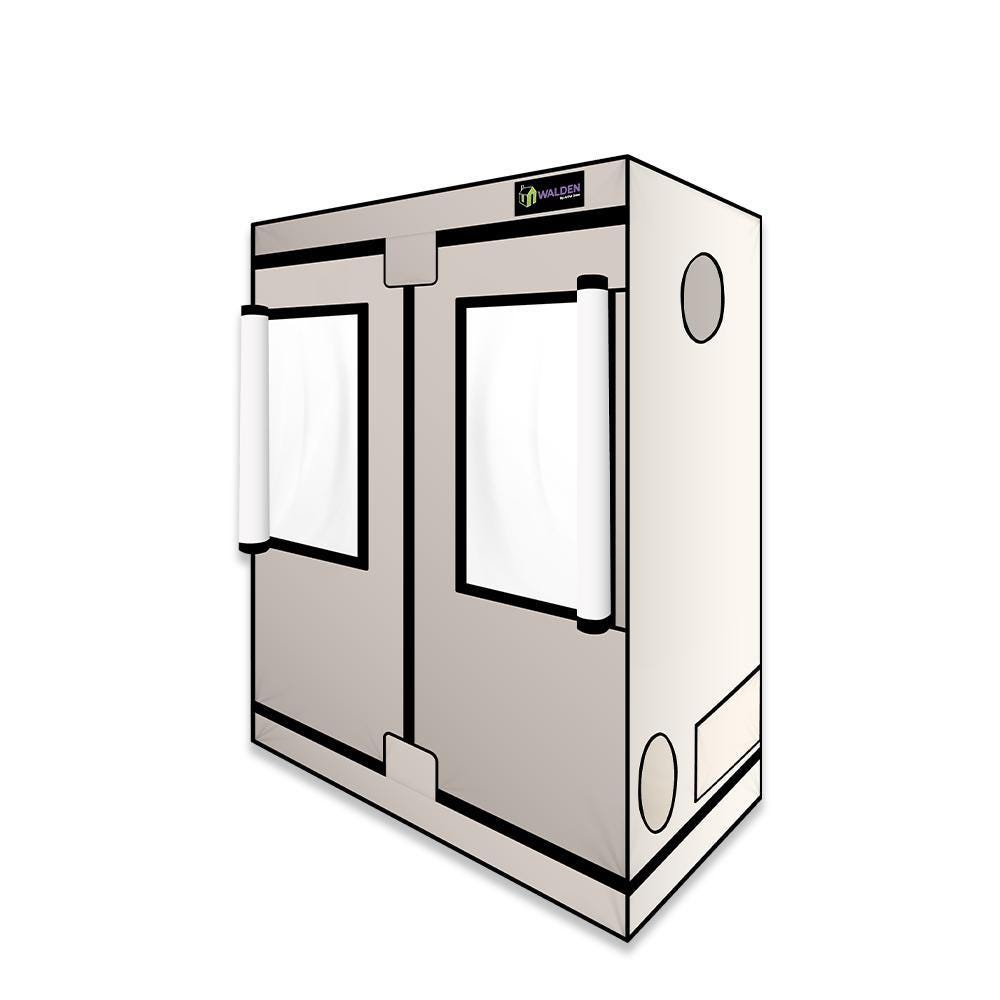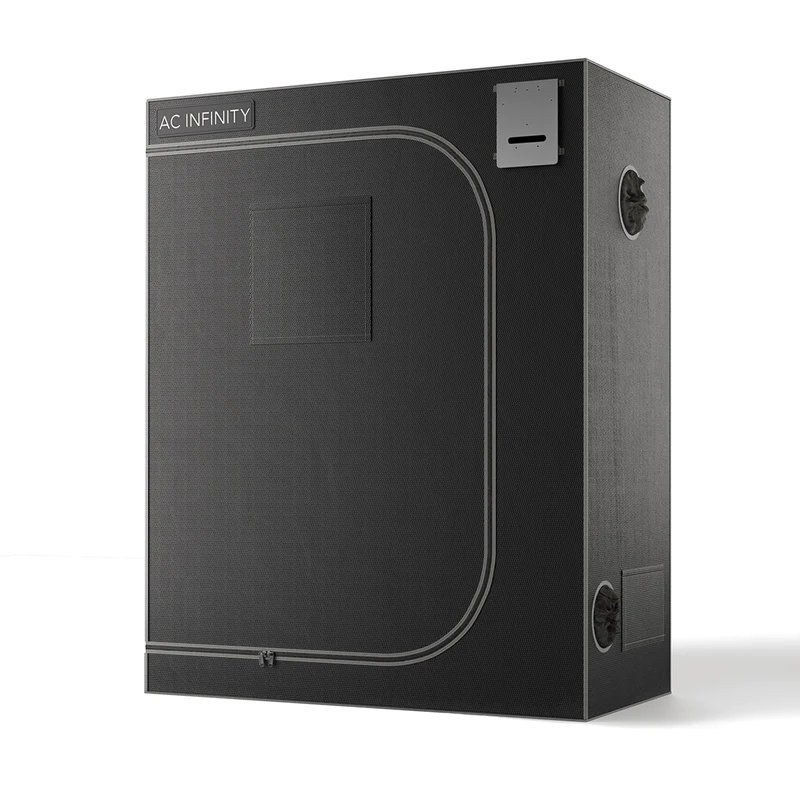- Home
- SHOP ECO FARM
-
TOP BRANDS
-
Grow Lights Brands
- Adjust-A-Wing
- Apollo Horticulture
- Bestva
- Black Dog LED
- California Lightworks
- ChilLED Grow Light
- Eco Farm
- HLG - Horticulture Lighting Group
- Kingled
- Kind LED
- Mars Hydro
- Morsen
- Neilo
- NextLight
- Phlizon
- PlatinumLed
- Roleadro
- Optic LED Grow Lights
- ViparSpectra
- Vivosun
- EYE Hortilux
- IPOWER
- NanoLux
- Phantom grow light
- Gavita grow lights
- Grower's Choice
- Lumatek
- Maxibright
- Yearld Pro
- ThinkGrow
- Crecer Lighting
- Green Sunshine Electric Sky
- fohse aries
- loriflux
- luxx
- fluence
- iluminar
- Lex
- LTC
- Rayonled
- FGI
- PHOTONTEK
- Grow Tents & Kits Brands
- Extraction & Harvest Brands
- Climate Control & Hydroponic Brands
-
Grow Lights Brands
- COMPANY INFO
- COOPERATE WITH US
- Blog
- Sign in
- Home
-
SHOP ECO FARM
- ECO Farm Grow Lights
- ECO Farm LED Grow Lights
- ECO Farm Quantum Board
- ECO Farm Samsung LED Grow Lights
- ECO Farm COB Grow Lights
- ECO Farm Commercial Lights
- ECO Farm Supplemental Grow Light
- ECO Farm Fluorescent grow lights
- ECO Farm HPS & MH Grow Lights
- ECO Farm CMH Grow Lights
- ECO Farm HID/CMH Bulbs & Ballasts
- ECO Farm Grow Tents & Kits
- ECO Farm 2x2ft Grow Kits
- ECO Farm 3x3ft Grow Kits
- ECO Farm 3.3x3.3ft Grow Kits
- ECO Farm 4x4ft Grow Kits
- ECO Farm 5x5ft Grow Kits
- ECO Farm Grow Tent - Standard Style
- ECO Farm Grow Tent - Extension & Roof & Lodge Style
- ECO Farm Extraction & Harvest
- ECO Farm Rosin Press Machine
- ECO Farm Dry & Wet Trimmers
- ECO Farm Oil Accessories
- ECO Farm Medicinal Plants Grinder
- ECO Farm Medicinal Plants Containers
- ECO Farm Medicinal Plants Dryer
- ECO Farm Refrigeration Dryer
- ECO Farm Climate Control & Other Accessories
- ECO Farm Inline Duct Fans
- ECO Farm Oscillating Fans
- ECO Farm Exhaust Fans
- ECO Farm Air Filter
- ECO Farm Duct Muffler
- ECO Farm Ventilation Kits
- ECO Farm Plant Humidifiers
- ECO Farm Plant Dehumidifiers
- ECO Farm Hydroponic Accessories
- ECO Farm Other Accessories
- ECO Farm Hydroponics Microscopes
-
TOP BRANDS
- Grow Lights Brands
- Adjust-A-Wing
- Apollo Horticulture
- Bestva
- Black Dog LED
- California Lightworks
- ChilLED Grow Light
- Eco Farm
- HLG - Horticulture Lighting Group
- Kingled
- Kind LED
- Mars Hydro
- Morsen
- Neilo
- NextLight
- Phlizon
- PlatinumLed
- Roleadro
- Optic LED Grow Lights
- ViparSpectra
- Vivosun
- EYE Hortilux
- IPOWER
- NanoLux
- Phantom grow light
- Gavita grow lights
- Grower's Choice
- Lumatek
- Maxibright
- Yearld Pro
- ThinkGrow
- Crecer Lighting
- Green Sunshine Electric Sky
- fohse aries
- loriflux
- luxx
- fluence
- iluminar
- Lex
- LTC
- Rayonled
- FGI
- PHOTONTEK
- Grow Tents & Kits Brands
- Apollo Horticulture
- Black Box
- CoolGrows
- Eco Farm
- GrowLab
- Gorilla Grow Tents
- Mars Hydro
- Quictent
- Secret Jardin
- Unit Farm
- TopoGrow
- VIVOSUN
- Topolite
-
COMPANY INFO
-
COOPERATE WITH US
- Blog
Active Grow Walden White Grow Tent 2' x 4' VS AC Infinity 4' x 2' x 6' CLOUDLAB 642 Grow Tent
July 28, 2022
Grow tent kits are a great way to get into hydroponic gardening. They’re easy to set up, and they provide the perfect environment for your plants. They provide an easy way to create a controlled growing environment for your plants.
But with so many different grow tent kits on the market, it can be hard to figure out which one is right for you.
In this article, we will answer some of the most common questions about grow tent kits, and we will review some of the best products on the market. We will also provide you with some useful tips that will help you get the most out of your garden!
Depending on what plants you want to grow, it may not be possible to grow them outdoors.
But with a grow tent, you can grow virtually any plant year-round. A grow tent lets you optimize temperature, humidity, light, and ventilation, so you can get a larger yield than you could get with outdoor growing.
What are the Best Grow Tent Kits for Beginners?
We think it’s probably best for beginner growers to start with a small grow tent, so you can focus on growing one or two plants really well.
However, you don’t want to purchase a grow tent that’s too short, because then you run the risk of burning your leaves by having the lights too close to them.
We recommend that, along with your kit, you also purchase an excellent growing book.
Active Grow Walden White Grow Tent 2' x 4'

Features:
The Active Walden Grow Tent is designed to give professional home growers a tent that meets their needs in both function and form. All Walden Grow Tents are manufactured using industrial-strength zippers and 100% EcoWhite PEVA material. This toxin-free material creates a clean look for a grow space and emits no hazardous chemical gases, allowing these tents to be safely placed in communal settings without posing any health risks to friends or family. The triple-layer design is composed of a 600D canvas exterior, a vinyl light-blocking center, and a white vinyl interior that is 10% more reflective than even the most reflective mylar tents. The double-wide front doors allow growers to easily access plants or to put them on full display. The Infinity View front windows help growers observe and assess their entire garden without disturbing humidity or temperature.
AC Infinity 4' x 2' x 6' CLOUDLAB 642 Grow Tent

Features:
AC Infinity’s new range of CLOUD LAB grow tents offers countless improvements over the standard grow tent. The CLOUD LAB 642 measures 48" x 24" x 72", providing enough space for 2–4 plants. The 2000D canvas is a significant upgrade, eliminating the light leaks common with other tents. A viewing window allows you to monitor your growth without disturbing your precious plants. The steel pole frame is thicker than most standards grow tents and carries twice the weight. Ceiling support rods allow the installation of lights, fans and other equipment. The inner Mylar layer reflects and holds power to your lights.
If you are still unsure which grow tent would suit your needs, here are a few features and factors to look out for.
Size
When growing plants indoors, the size of your grow tent is important to consider as it will determine how much space you have to work with. If you’re just starting out or growing small plants that don’t require a lot of space, a small tent measuring 2×2 or 3×3 feet may be a good option.
If you’re looking for something larger or are looking to set up a hydroponic grow, a 4×4 or 5×5 foot tent may be a better choice. And although there aren’t specialized hydroponic grow tent models, a large grow tent will allow adequate room for the additional equipment that these types of grows require.
As a rough guide, here’s how many plants (that are housed in a 5–7 gallon pot) different sized grow tents will fit:
2x2ft: 2 plants
2x3ft: 2–3 plants
2x4ft: 2–4 plants
4x4ft: 4–6 plants
5x5ft: 5–6 plants
6x6ft to 7x7ft: 6–8 plants
8x4ft: 8–10 plants
8x8ft to 9x9ft: 14–16 plants
10x10ft and larger: 30+ plants
Fabric density
Another very important factor when choosing the right grow tent is fabric density.
Grow tent fabric density is measured in Denier (D). Essentially, Denier represents the thickness of each of the individual threads that make up the outer material covering a grow tent. In other words, the higher the number, the thicker the material, and the less likely a grow tent will have light leaks.
Why are light leaks bad?
For one, you’ll want to maximize the efficiency of grow lights. So basically, light leak is a waste of energy and plant growth potential. Perhaps more importantly to growers, though, light leak can lead to hermaphroditism or a female plant growing male organs. For those growers growing seed-free cultivars, this can ruin an entire crop.
Note: If not immediately, over time, all grow tents are likely to develop light leak in one form or another. This is particularly true for tents that are used frequently, as constant use puts pressure on the stitching around the zippers and tent corners.
There’s really not a lot you can do to avoid this. It’s more of an observation and maintenance situation. If you are mid-grow when a tent develops light leak, I’d suggest simply using some black duct on the outside of the tent to cover the holes that have developed.
However, if the hole is particularly large, or there are tears and rips, take the tent down and mend the holes more permanently with a sewing kit.
Ventilation
Proper ventilation is essential to healthy plant growth. Unfortunately, though, many growers make the mistake of not providing adequate ventilation to plants they are growing in a grow tent. This can lead to problems such as heat build-up, pests, and mold.
One of the best ways to provide ventilation in a grow tent is by setting up a ventilation system. For a ventilation system to work, the equipment, of course, needs inlets and outlets for air ducting and the like. This allows for ventilation equipment like intake and exhaust fans to bring fresh air in and draw hot air out of the tent.
Mesh ventilation windows are also super important. These meshed windows allow fresh air to enter the tent while also allowing hot air to escape. Just be sure that the mesh is fine enough so that pests can’t get in.
Pricing
Pricing is another consideration. A good quality grow tent will last for years, while a cheap one may fall apart after just a few months of use.
So what’s better, affordable or expensive?
Well, as with anything, you mostly get what you pay for. If you’re looking for something that is only temporary, a tent that’s affordable will often do the trick. But if you wish to keep a tent for many years to come, then sure, a more expensive tent will often fit the bill.
Conclusion
A grow tent is a great way to create an indoor garden for your plants. With the help of a grow tent, you can perfect the climate, light, and humidity levels to ensure that your indoor plants thrive.
